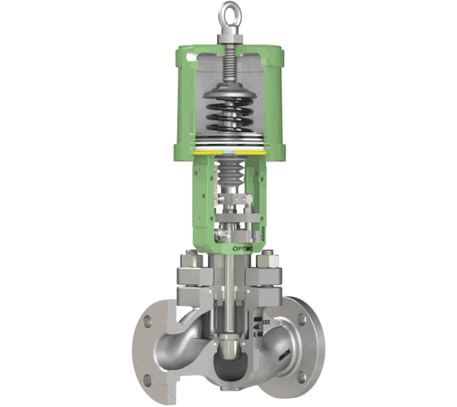Control Valves 101: Valve Classification Criteria
The processes behind vital industries like mining, manufacturing, power generation, and aerospace are vast, varied, and complex. But what they all have in common is the control valve.
This unassuming but sophisticated piece of technology allows its operator to control the fluid flow rate through a process control system. For the system to work, it might need multiple control valves distributed throughout.
This is the first post in our blog series “Control valves 101”—equipping you with fundamental control valve knowledge to help you confidently navigate the specification process. To kick off, we’re zeroing in on control valve classification criteria.
Control valves all satisfy the same goal, but to streamline your decision-making process, it helps to know how to specify the right one for your system. To make this process easier, they’re classified along three dimensions: function, application, and motion.
Function
Every control valve is designed to control the flow of a fluid. However, the way they do this varies based on how much control you need. These are the main functions:
On/Off
Also known as block valves, on/off valves are all or nothing, like electrical switches. They start or stop the flow of a medium through a system. This makes on/off valves useful for processes that require a system to divert flow or shut it off in an emergency.
Most on/off valves are hand-operated, but you can also automate them by combining them with an actuator. When it receives power, an actuator exerts the force needed for a control valve to change positions.

Non-return
Non-return valves are like the valves in your heart—they only let fluid flow one way. If the pressure changes or fluid tries to flow in the opposite direction, an automatic mechanism kicks in to shut the valve.
Just like our heart valves, non-return valves are designed to prevent damage to equipment and disruption to processes caused by the backflow of fluid. For this reason, they’re often used to protect the functioning of pumps and compressors.
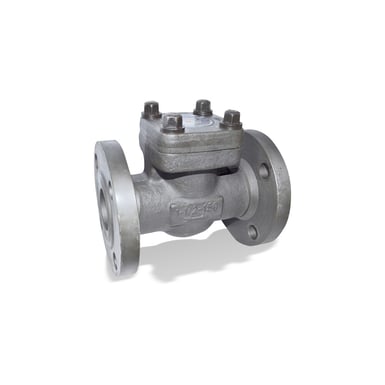
Throttling
If you have to regulate a service's flow, temperature, or pressure, you need a throttling valve. They can regulate these elements through variable degrees of closure, as well as full-open or full-closed positions. As a result, these precision multi-taskers can also act as on/off valves.
Many throttling valves are hand-operated, but you can equip them with actuators. These can create greater thrust and positioning capability, as well as automatic control of the flow.
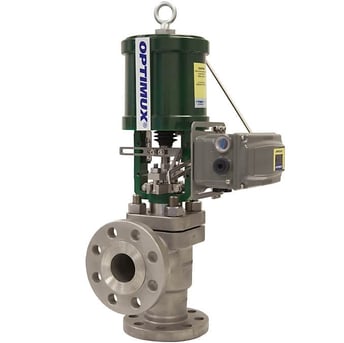
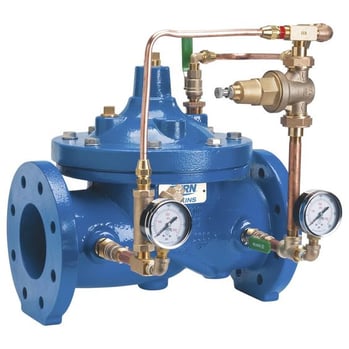
Final control element
A final control element is like the referee in a process control system. If they notice that a rule (known as a setpoint) is being broken, they will intervene to resolve the issue. Setpoints include specific values for flow, temperature, and pressure. As a result, control valves are the most common final control element.
To do their job, final control elements need information from a sensing element. This can be positioned at the beginning, towards the end or at the end of the control loop. These varying positions reflect control valves’ ability to control variables upstream of themselves. They do this by generating more or less backpressure in a system, where backpressure is the resistance exerted in opposition to the flow of a fluid.
The sensing element monitors the conditions of the service and reports this to a controller. The controller compares the conditions to the setpoint and sends the information to the final control element, which acts if it identifies a variation. Finally, the sensing element verifies whether the service meets its setpoint again.
You can think of final control elements as intelligent throttling valves. They provide additional power and accuracy for systems where maintaining balance is critical, such as boiler systems or oil and gas processing.
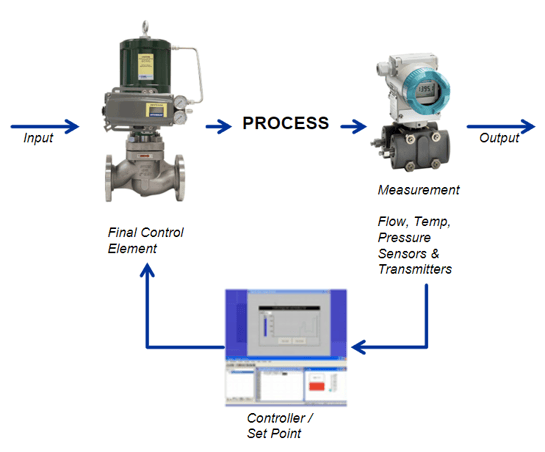
Application
All control valves are an impressive feat of engineering, keeping the world’s most critical processes flowing. But, some are designed to tackle even more demanding industrial applications. Again - let’s dive into the spectrum:
General service
You can use a general service valve if your service doesn’t involve high pressure, high temperatures, or corrosive materials. Various industries employ these versatile workhorses, including aerospace, food and beverage, and power generation.
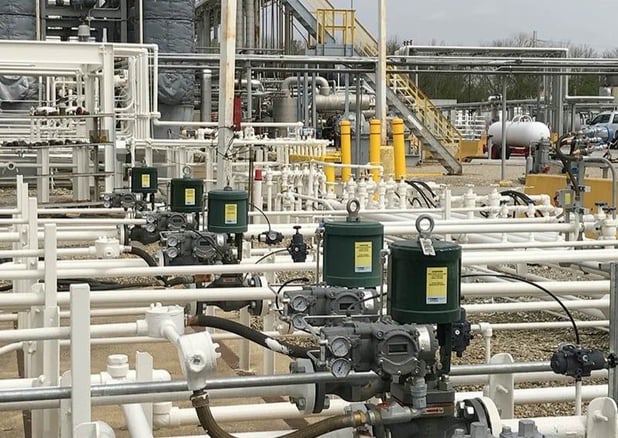
Special service
The clue is in the name of special service valves—they have elevated, custom-engineered designs to address a specific challenge in the service. They can cope with high pressures, demanding temperatures, and corrosive fluids. They can also handle moderate pressure drops and mild cavitation.
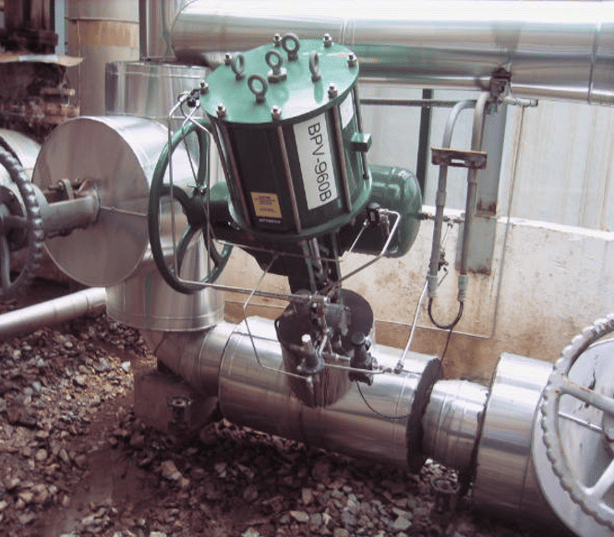
Severe service
If your control valve has to withstand extreme conditions, severe service is the application to look out for.
Their designs are fully optimized to handle all pressures and extreme temperatures. They can also handle severe pressure drops that can cause unplanned downtime via issues like cavitation, flashing, choking, and noise. The pulp and paper industry is a good example of where these severe conditions converge.
Their optimization includes custom-engineered trims that help prolong their lifespan in the face of the severe effects of the service they handle.
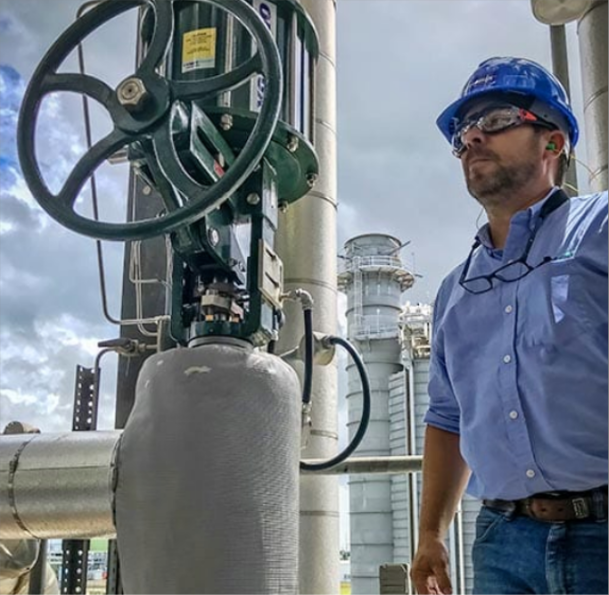
Motion
You’d be forgiven for assuming that motion doesn’t need its own classification—how many ways can a control valve move? There are, in fact, two ways that cater to different applications.
Linear
As the name suggests, linear motion control valves use a simple, up-down mechanism to move from open to closed positions. They’re still precision-engineered, but their more straightforward design makes them easier to maintain. They’re also incredibly versatile, coming in a range of sizes, design options, and pressure-handling capabilities.
The most common linear motion valve styles you’ll hear referred to include:
Rotary
Rotary motion control valves feature—you guessed it—a rotating closure element. Specifically, the closure element will rotate a quarter-turn through a 90° range to open or block the flow of your medium.
If you’re not restricted by pressure drops and your service is less prone to cavitation and flashing, rotary control valves are a popular option due to their lower relative cost.
The most common rotary valve styles you’ll hear referred to include:
- Ball
- Butterfly
- Eccentric plug
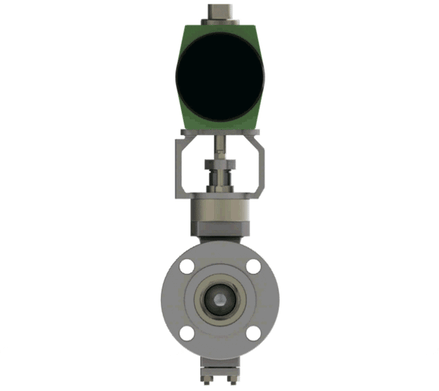
Why it's important to select the right control valve
All control valves have common features, but it doesn’t mean that you should treat them interchangeably. By choosing the correct valve, your process control system will need less maintenance, experience less downtime, and produce better results.
Making the right call on your new or replacement control valve is easier with expert help. In a quote from Trimteck, you receive tailored recommendations from one of our Applications Engineers based on the unique details of your process control system. Get started with a click.

